


Generative AILarge language models lack information that is recent, detailed, or private to a user or organization. That's why most generative AI systems combine the LLM with a component that surfaces the most useful information for the task at hand (RAG). By integrating vector, text and structured data search, machine-learned relevance models, and powerful tensor computations, Vespa lets you do this better than any other platform, and scale easily to any amount of data and traffic.
Search, make inferences in, and organize vectors, tensors, text and structured data, at serving time and any scale. A new release of Vespa is made from this repository's master branch every morning CET Monday through Thursday. This is hard to do, especially with large data sets that needs to be distributed over multiple nodes and evaluated in parallel. Use the following guide to set up a complete development environment using Docker for building Vespa, running unit tests and running system tests: Vespa development on AlmaLinux 8. Build Java modulesexport MAVEN_OPTS="-Xms128m -Xmx1024m" ./bootstrap.sh java mvn install --threads 1CUse this if you only need to build the Java modules, otherwise follow the complete development guide above.
Getting vectors from neural networksNow that we understand the general logic of vector databases, we would naturally want to know how we obtain vector embeddings in the first place! Vector embeddings are vector outputs extracted from machine learning models by using complex data (images, text, etc) as input, thereby making vector embeddings a “vector representation” of the data fed into the model. Because vector embeddings originate from a model, the float “coordinates” of the vector actually represent some piece of information related to the data. For any given vector database, all the data stored was first passed through a model to obtain consistent vector embeddings that can be correctly compared for similarity search. CNNs are composed of several layers that take in some input vector and deliver some output vector.
This notebook shows how to use Vespa.ai as a LangChain vector store. This covers the basic usage of the Vespa store in LangChain. To use this vector store as a LangChain retriever simply call the as_retriever function, which is a standard vector store method:db = VespaStore . Documents usually contain additional information, which in LangChain is referred to as metadata. similarity_search ( query , approximate = True )This covers most of the functionality in the Vespa vector store in LangChain.
Classic Vespa vector artwork. The Vespa is a two-wheel style and design icon made in Italy that has won hearts worldwide. Cool and retro and pop cultural vector footage of a Vespa scooter, an icon of Italian culture. Vintage scooter vector artwork saved as Adobe Illustrator EPS and AI, for easy editing. Free vector artwork by kikocreative.au 0
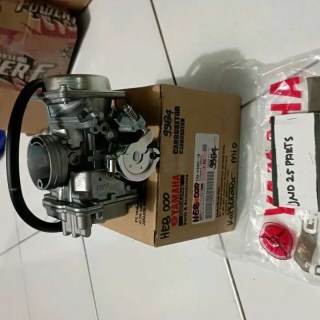
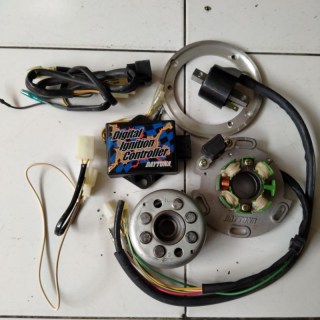
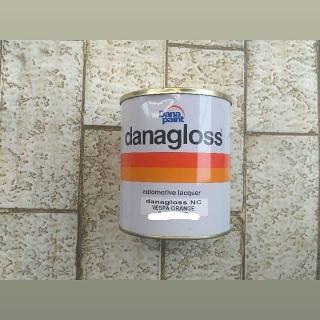
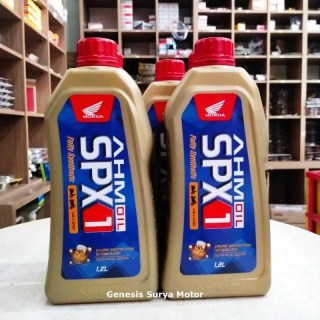

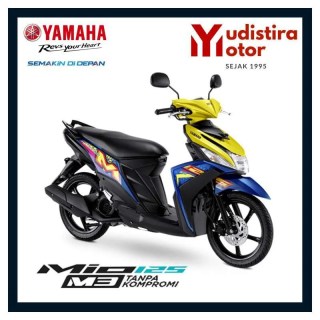
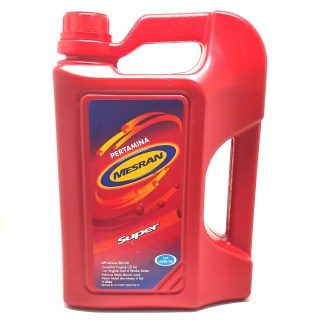
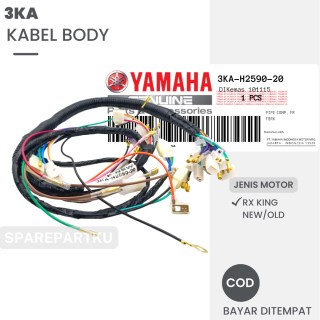


Copyright By@ServisRingan - 2025
